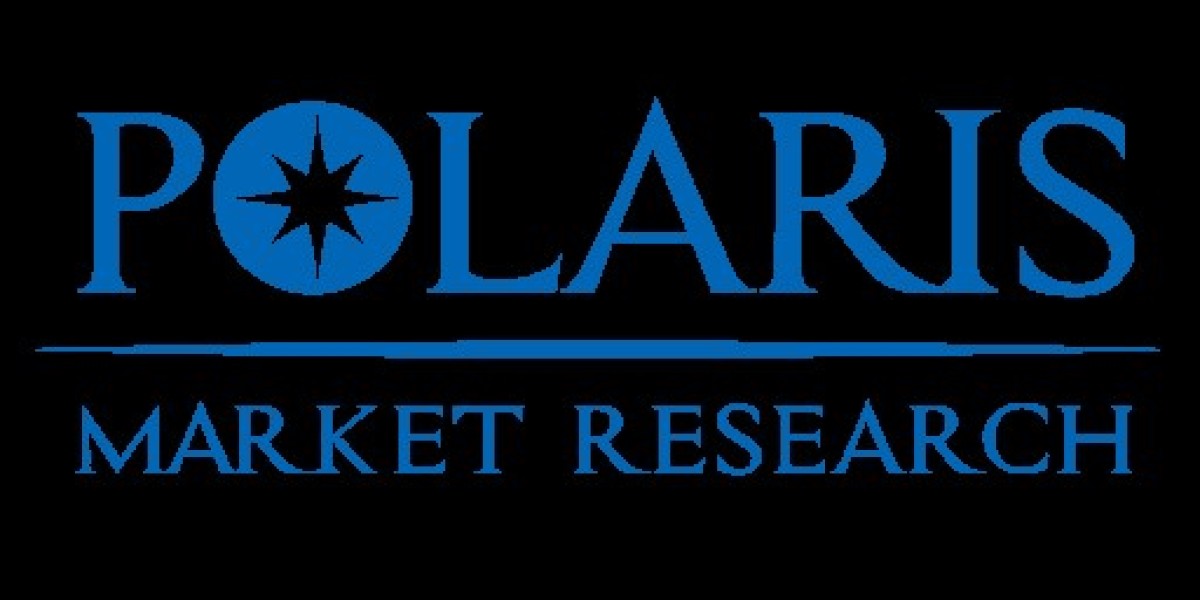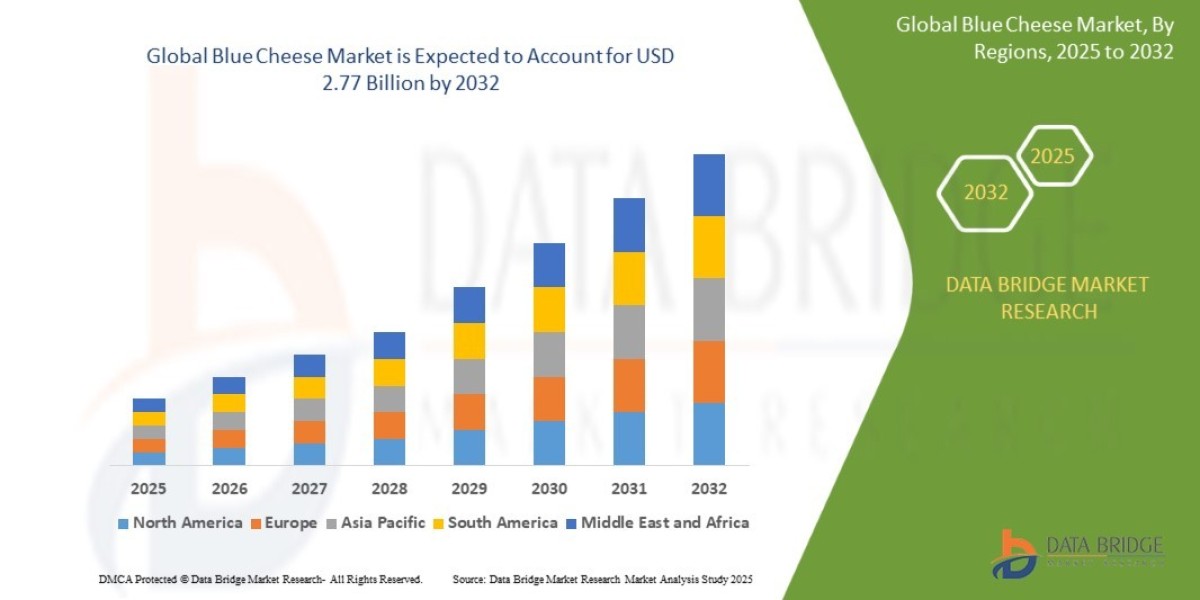The global electrical sectionalizer market, valued at USD 993.0 million in 2024, is projected to grow at a compound annual growth rate of 4.8% over the forecast period, reflecting the increasing complexity and decentralization of modern power distribution networks. Electrical sectionalizers—intelligent switching devices deployed on overhead distribution lines—play a pivotal role in isolating faulted sections of a circuit without disrupting service to the entire feeder. By working in coordination with reclosers and fuses, sectionalizers enhance grid reliability, reduce outage duration, and minimize the number of customers affected during transient or permanent faults. Their deployment is particularly critical in rural and semi-urban areas where overhead lines dominate and fault detection is challenging due to long feeder lengths and limited automation. The market’s growth is not uniform, however, as regional disparities in grid infrastructure maturity, electrification rates, and regulatory frameworks shape distinct adoption trajectories.
North America remains the most mature and technologically advanced market, driven by aging infrastructure and federal initiatives aimed at modernizing the grid. The U.S. Department of Energy estimates that 70% of the nation’s transmission and distribution lines are over 25 years old, creating a pressing need for self-healing grid components such as sectionalizers. Programs under the Bipartisan Infrastructure Law, including the Grid Resilience and Innovation Partnerships (GRIP) and the Building a Better Grid Initiative, have allocated billions toward distribution automation, directly benefiting manufacturers of intelligent sectionalizing equipment.
Europe presents a contrasting but equally compelling growth narrative, where regulatory mandates and sustainability goals are driving automation upgrades. The European Union’s Clean Energy for All Europeans package, particularly the Network Code on Electricity Distribution (NC DER), requires distribution system operators (DSOs) to implement smart grid functionalities, including fault location, isolation, and service restoration (FLISR). Countries such as Germany, Italy, and Sweden are at the forefront of deploying sectionalizers integrated with SCADA and IoT-enabled sensors to support bidirectional power flows from distributed energy resources (DERs) like rooftop solar and electric vehicle charging. The EU’s push for grid digitalization is further amplified by the increasing frequency of extreme weather events, which strain legacy systems and underscore the need for resilient, self-optimizing networks.
Read More @ https://www.polarismarketresearch.com/industry-analysis/electrical-sectionalizer-market
Cross-border supply chains for sectionalizer components—such as vacuum interrupters, control relays, and insulating materials—are well-established within the EU, benefiting from harmonized technical standards and a dense network of tier-one suppliers. However, geopolitical tensions and energy volatility, particularly in the wake of the Ukraine conflict, have prompted utilities to prioritize supply chain resilience, leading to increased localization of production and dual sourcing strategies. In contrast, the Asia Pacific region is the fastest-growing market, fueled by rapid urbanization, rural electrification programs, and government-led smart grid rollouts. India’s Revamped Distribution Sector Scheme (RDSS), with a budget of USD 31 billion, is accelerating the deployment of automated switching devices across 3.5 million kilometers of distribution lines. Similarly, China’s State Grid Corporation is investing heavily in distribution automation to reduce technical losses and improve reliability in densely populated urban centers and remote western provinces.
Opportunities are emerging in hybrid switching systems that integrate sectionalizers with remote monitoring, predictive maintenance analytics, and edge computing for real-time decision-making. The convergence of AI and machine learning is enabling predictive fault modeling, allowing utilities to anticipate failures and dispatch crews proactively. Trends indicate a shift toward modular, scalable designs that allow utilities to retrofit existing infrastructure incrementally, reducing capital expenditure. As 5G networks expand, low-latency communication will enhance the responsiveness of sectionalizer networks, enabling faster fault isolation and restoration.
The competitive landscape is dominated by global industrial power and automation leaders with deep integration capabilities and extensive service networks.
- Siemens Energy
- Schneider Electric
- Eaton Corporation
- ABB Ltd.
- General Electric
- Mitsubishi Electric
- Larsen & Toubro Limited
- CG Power and Industrial Solutions
- Fuji Electric Co., Ltd.
- Hubbell Incorporated
These firms are increasingly investing in R&D to develop SF6-free, IoT-enabled sectionalizers with enhanced cybersecurity and interoperability. ABB’s SafeLink system, for instance, combines vacuum switching with digital relaying and wireless communication, enabling rapid deployment in remote areas. Meanwhile, Indian manufacturers like L&T and CG Power are expanding into Africa and the Middle East through competitive pricing and localized technical support, leveraging regional manufacturing trends to reduce logistics costs and improve supply chain agility. As geopolitical risks and climate pressures reshape energy infrastructure priorities, the ability to deliver reliable, secure, and sustainable sectionalizing solutions will define long-term market leadership. The future of the electrical sectionalizer market lies at the intersection of grid intelligence, resilience, and decarbonization, where incremental innovation in switching technology underpins the reliability of tomorrow’s distributed energy systems.
More Trending Latest Reports By Polaris Market Research:
Water and Wastewater Treatment Equipment Market
Singapore, Malaysia, and China Corporate Secretarial Services Market
Europe Equine Healthcare Market
Europe Homogeneous Precious Metal Catalyst Market








